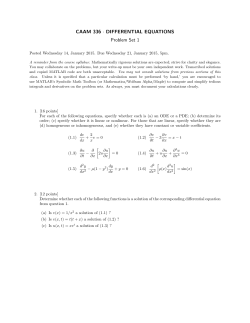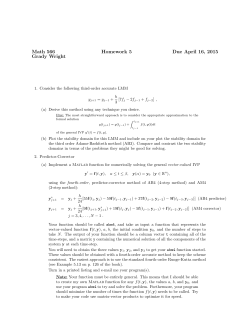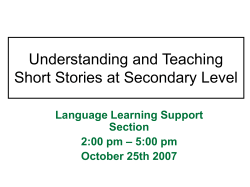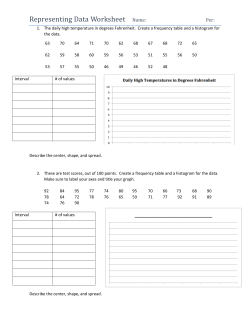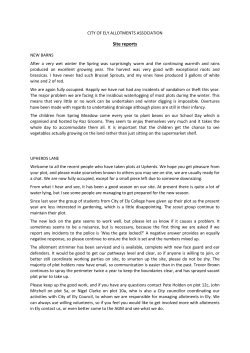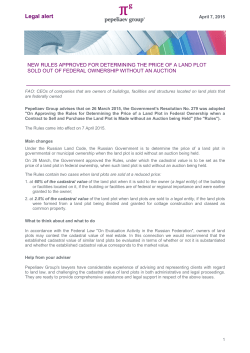
12.8 Case Study â Examining Electrical Energy Production In a neat
NAME: 12.8 Case Study – Examining Electrical Energy Production In a neat and organized fashion, please complete the case study on pages 536 – 537. A period of class time will be given to you to complete the task; however, you may need to complete some at home as well. I will be available for assistance at lunch as well. How to answer: Short Closed Answer vs. Open response 1. A short closed answer question most often requires 1 or 2 sentences to answer. There is not usually an explanation required. (not ‘open’ to interpretation or opinion – there is a right answer I’m looking for) Example: (a) Which provinces use mainly hydro-electric power to produced electrical energy? You just need (in a sentence!) to list the correct provinces. You should put ‘Q in A’ and start the answer using the question. “The provinces that use mainly hydro-electric power are….” 2. Open Response question require an opinion or an explanation. Example: (f) What was the trend for coal electrical energy production from 1995 to 2001? What was the trend after 2001? Suggest reasons for this. You should put ‘Q in A’ here too but also give fact(s)/detail(s) and explain how these fact(s)/detail(s) support your answer. Interpretting graph/chart Answer a) e) Answers all correctly. E2.8 – graph and interpret energy consumption. Knowledge & Understanding /5 What is a GW∙h? Plot a graph accurately & analyze results - plot all 3 fossil fuels separately as bar graphs AND plot the total amount of green house gases on same graph as a line graph. Guidelines will be given in class. Graph (l) Answer (m - first part only) and (o) A1.11, A 1.12 communicate results graphically E2.8 – graph & interpret energy consumption Inquiry /5 What is kt? kilo = 103 or 1000. ‘t’ = metric tonne So 1 kt = 1000 metric tonnes. Apply knowledge of electricity generation Answer (g) (j) (k) Answers all correctly. A1.10 – draw conclusions based on results E1.1 – assess impacts of energy generation. Application /5
© Copyright 2025


